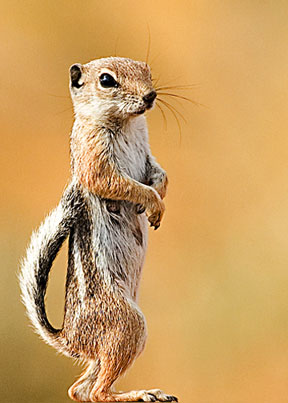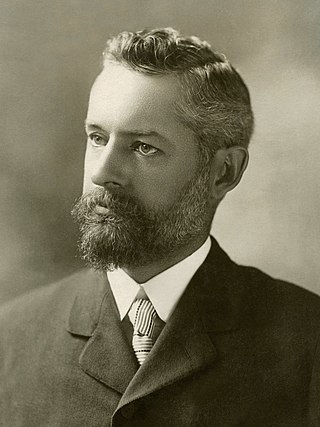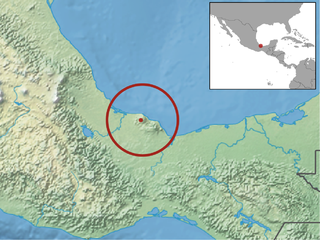
Antelope squirrels or antelope ground squirrels of the genus Ammospermophilus are sciurids found in the desert and dry scrub areas of the southwestern United States and northern Mexico. They are a type of ground squirrel and are able to resist hyperthermia and can survive body temperatures over 40 °C (104 °F).

Oryzomys nelsoni is an extinct rodent of María Madre Island, Nayarit, Mexico. Within the genus Oryzomys of the family Cricetidae, it may have been most closely related to the mainland species O. albiventer. Since its first description in 1898, most authors have regarded it as a distinct species, but it has also been classified as a mere subspecies of the marsh rice rat (O. palustris).

Pseudemys is a genus of large, herbivorous, freshwater turtles of the eastern United States and adjacent northeast Mexico. They are often referred to as cooters, which stems from kuta, the word for turtle in the Bambara and Malinké languages, brought to America by enslaved people from Africa.

The Florida red-bellied cooter or Florida redbelly turtle is a species of turtle in the family Emydidae.

Edward William Nelson was an American naturalist and ethnologist. A collector of specimens and field naturalist of repute, he became a member of several expeditions to survey the fauna and flora. He was part of a team with Clinton Hart Merriam that took part in the Death Valley Expedition. He also explored the Yosemite Valley. A number of vertebrate species are named after him.

Nelson's collared lemming is a species of rodent in the family Cricetidae.
Nelson's giant deer mouse is a species of rodent in the family Cricetidae. It is found only in Mexico.

The Magdalena rat is a species of rodent in the family Cricetidae which is found only in a small region of western Mexico.

The Amargosa toad is a species of toad in the family Bufonidae. It was at one time considered to be a subspecies of the western toad. It is threatened by habitat loss and is classified by the IUCN as being "Critically endangered".

The spotted box turtle is a species of turtle in the family Emydidae. The species is endemic to the Sierra Madre Occidental in Mexico.

Nelson's pocket mouse is a species of rodent in the family Heteromyidae. It is found in Mexico and in New Mexico and Texas in United States. It is named in honor of the American naturalist Edward William Nelson.

Nelson's small-eared shrew is a species of mammal in the family Soricidae. It is endemic to eastern Mexico.

Nelson's sparrow is a small New World sparrow.
Joseph (Joe) Schieser Nelson was an American ichthyologist. He is best known for the book Fishes of the World, which is the standard reference in fish systematics and evolution.

Onciderini is a tribe of longhorn beetles of the subfamily Lamiinae, they are prevalent across Europe in nations such as Turkey, and Finland.
Cacostola is a genus of longhorn beetles of the subfamily Lamiinae, containing the following species:
Cacostola fuscata is a species of beetle in the family Cerambycidae. It was described by Dillon and Dillon in 1952. It is known from Brazil.
Cacostola simplex is a species of beetle in the family Cerambycidae. It was described by Francis Polkinghorne Pascoe in 1859. It is known from French Guiana and Brazil.
Cacostola sulcipennis is a species of beetle in the family Cerambycidae. It was described by Melzer in 1934. It is known from Brazil.
Cacostola volvula is a species of beetle in the family Cerambycidae. It was described by Johan Christian Fabricius in 1781. It is known from Bolivia, French Guiana and Brazil.












